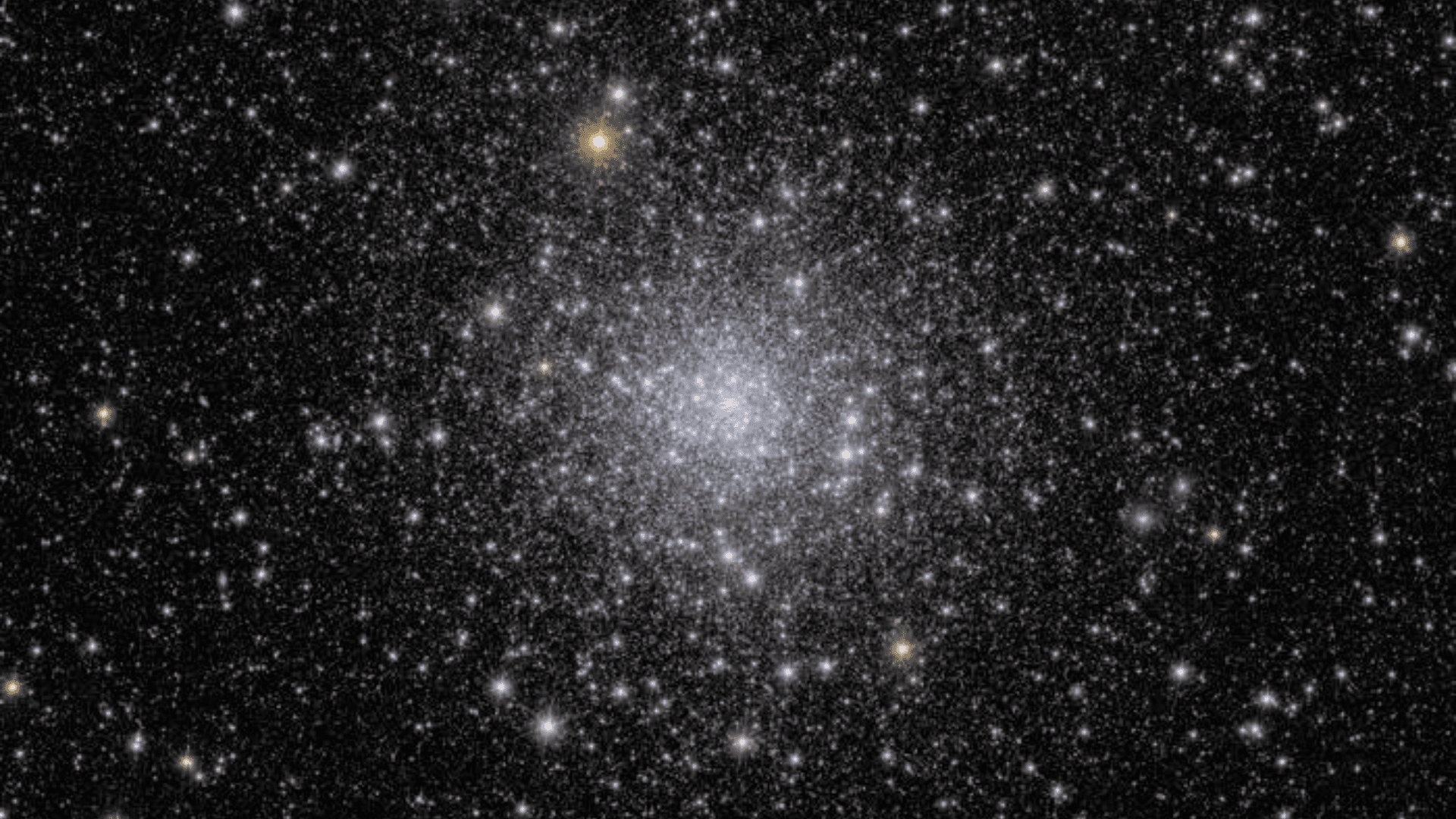Rappresentazione artistica del sensore a forma di trampolino. Un raggio laser che passa attraverso il centro della membrana del trampolino crea vibrazioni eccessive all’interno del materiale. Credito: Sciencebrush
I fisici della Delft University of Technology hanno sviluppato una nuova tecnologia su un microchip combinando per la prima volta due metodi vincitori del premio Nobel. Questo chip è in grado di misurare con precisione le distanze nei materiali, il che potrebbe avere applicazioni in aree come la misurazione subacquea e l’imaging medico.
La nuova tecnica, che utilizza le vibrazioni del suono piuttosto che della luce, può essere utile per ottenere misurazioni ad alta risoluzione della posizione in materiali opachi. Questa svolta potrebbe portare allo sviluppo di nuovi modi per monitorare il clima della Terra e la salute umana. I risultati sono stati pubblicati sulla rivista
Simple and low-power technology
The microchip mainly consists of a thin ceramic sheet that is shaped like a trampoline. This trampoline is patterned with holes to enhance its interaction with lasers and has a thickness about 1000 times smaller than the thickness of a hair. As a former Ph.D. candidate in Richard Norte’s lab, Matthijs de Jong studied the small trampolines to figure out what would happen if they pointed a simple laser beam at them. The trampoline’s surface started vibrating intensely. By measuring the reflected laser light from the vibrating surface, the team noticed a pattern of vibrations in the shape of a comb that they hadn’t seen before. They realized that the trampoline’s comb-like signature functions as a ruler for precision measurements of distance.
This new technology could be used to measure positions in materials using sound waves. What makes it special is that it doesn’t need any precision hardware and is therefore easy to produce. “It only requires inserting a laser, and nothing else. There’s no need for complex feedback loops or for tuning certain parameters to get our tech to operate properly. This makes it a very simple and low-power technology, that is much easier to miniaturize on a microchip”, Norte says. “Once this happens, we could really put these microchip sensors anywhere, given their small size.”
Unique combination
The new technology is based on two unrelated Nobel Prize-winning techniques, called optical trapping and frequency combs. Norte: “The interesting thing is that both of these concepts are typically related to light, but these fields do not have any real overlap. We have uniquely combined them to create an easy-to-use microchip technology based on sound waves. This ease of use could have significant implications for how we measure the world around us.”
Overtones
When the researchers pointed a laser beam at the tiny trampoline, they realized that the forces that the laser exerted on it were creating overtone vibrations in the trampoline membranes. “These forces are called an optical trap, because they can trap particles in one spot using light. This technique won the Nobel Prize in 2018 and it allows us to manipulate even the smallest particles with extreme precision,” Norte explains. “You can compare the overtones in the trampoline to particular notes of a violin. The note or frequency that the violin produces depends on where you place your finger on the string. If you touch the string only very lightly and play it with a bow, you can create overtones; a series of notes at higher frequencies. In our case, the laser acts as both the soft touch and the bow to induce overtone vibrations in the trampoline membrane.”
Bridging two breakthrough fields
“Optical frequency combs are used in labs around the world for very precise measurements of time, and to measure distances,” Norte says. “They are so important to measurements in general that their invention was given a Nobel Prize in 2005. We have made an acoustic version of a frequency comb, made out of sound vibrations in the membrane instead of light. Acoustic frequency combs could for instance make position measurements in opaque materials, through which vibrations can propagate better than light waves. This technology could for example be used for precision measurements underwater to monitor the Earth’s climate, for medical imaging, and for applications in quantum technologies.”
Reference: “Mechanical overtone frequency combs” by Matthijs H. J. de Jong, Adarsh Ganesan, Andrea Cupertino, Simon Gröblacher and Richard A. Norte, 16 March 2023, Nature Communications.
DOI: 10.1038/s41467-023-36953-8

“Fan della TV. Risolutore di problemi malvagi. Amante del cibo appassionato. Explorer. Specialista di Internet. Imprenditore dilettante. Fanatico dell’alcol.”




